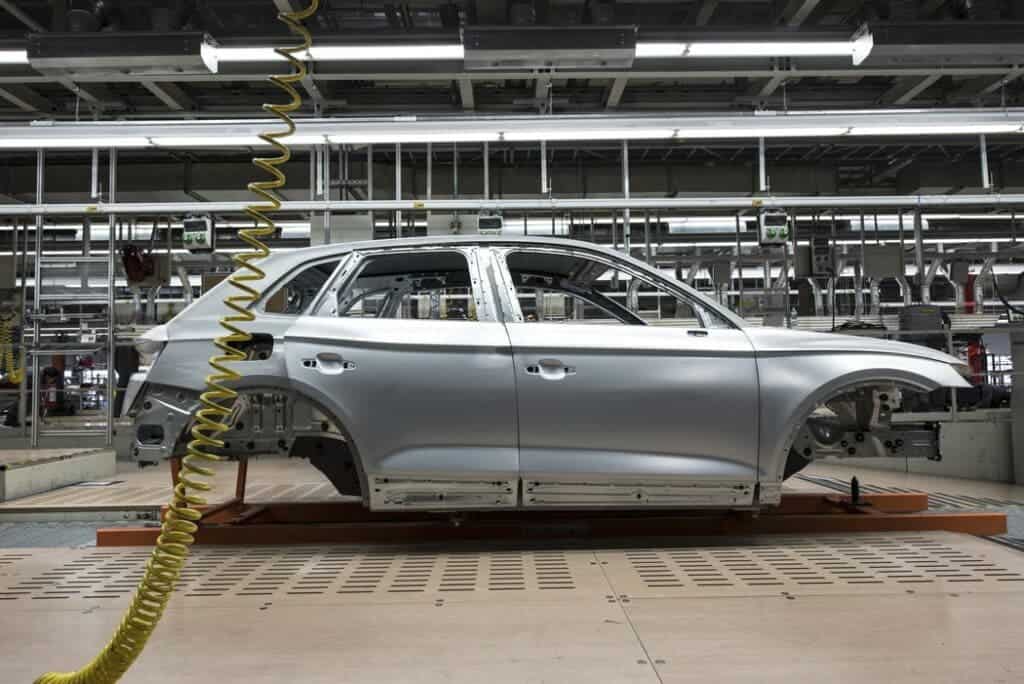Let’s say you need a car, and you want to make an eco-conscious decision. You look for a car that, in addition to doing all the things a car is expected to, reduces the environmental impact to a minimum. What’s your best bet? An electric, a hybrid, a car with a good mileage?
The answer can vary depending on many factors, but rather surprisingly, it’s often unglamorous and counterintuitive. A lot of the time, the most sustainable choice is the unglamorous one: opting for a used car.

CO2 and g/km
The most straightforward metric when looking at car sustainability is the gram of CO2 per kilometer (or mile). Carbon dioxide (CO2) is the most impactful greenhouse gas, and the less carbon dioxide a car emits per kilometer, the better it is for the climate and the environment.
A decent rule of thumb is that newer, more efficient cars tend to generate less CO2. Of course, there are many more aspects to consider (obviously, larger cars also tend to be less sustainable, different engines can also make a difference, and so on). The g/km (or g/m) has become a significant metric for evaluating cars. It’s always a good practice to consider this parameter. Nowadays, it’s typically presented in the car paperwork, and depending on where you live, you can also find official information since several countries tend to tax higher emissions. The UK government website has important data, there’s Revs check in Australia, and in the US, the EPA has a trove of valuable information regarding car emissions.
At first glance, it seems that newer cars are more sustainable and that’s that. However, it’s not just the running emissions that matter here. Much of the car’s emissions are generated in the production stage.
In other words, if you truly want to assess a car’s emissions, you need to look at the lifetime emissions.

A carbon lifecycle assessment
A 2004 analysis by Toyota found that as much as 28% of a car’s carbon dioxide emissions are generated during the manufacturing stage. In 2010, another analysis found that up to half of a car’s emissions come from its production, while other analyses propose lower figures.
Obviously, this depends greatly on the type of car, the type of energy used by the assembly plant, how materials are sourced, and so on — but the bottom line is, it’s significant enough to warrant attention.
So in a sense, when you’re buying a used car, you’re buying it with the emissions already produced, it’s like you’re getting a huge emissions discount. So even though you might be buying a less-efficient used car, the overall impact will still be positive most of the time.
However, there’s another thing worth factoring in, particularly in recent years: electric cars.
Electric cars are a game-changer — but sustainability is more than just emissions
Electric cars are a relatively recent addition to the streets, but they’re becoming more and more popular every year. As the name implies, electric cars are, well, electric — instead of using gasoline, they use electricity (hybrids are also a mid-way alternative).
The sustainability of electric cars depends a great deal on how the electricity is generated: if you’re charging it with coal-powered electricity, it’s not exactly a good thing. However, the rather prevalent myth that electric cars are less sustainable than gasoline cars is rarely (if ever) true.
A typical medium-sized family car will create around 24 tons of CO2 during its life cycle, while an electric vehicle (EV) will produce around 18 tons over its life. In addition, electric cars are becoming more and more efficient and already have fairly high mileages. So emissions-wise, electric cars provide many advantages — but we’re talking about more than just emissions here.
Electric car batteries require rare-earth elements, which is driving demand for raw materials such as lithium and cobalt. Oftentimes, the areas with the largest reserves of lithium and rare-earth metals are located in underdeveloped countries with unstable governments and open hostility, which raises additional concerns. It’s hard to assess how to balance emissions versus raw materials in terms of sustainability — but again, buy a used car seems advantageous.
Buying a new electric car raises new challenges (particularly when it comes to used batteries) but again, buying used cars would bring an extra punch of sustainability — particularly as for electric cars, a greater percentage of the lifecycle emissions is generated at the factory.

The bottom line
Electric cars can truly bring a revolution in driving sustainability. Buying a new electric car is definitely one of the more sustainable options out there, while buying a new gasoline car is not as efficient as it may seem at first glance.
However, the unglamorous option of buying a used car may be a more eco-friendly alternative — well, maybe “eco-friendly” is not the proper term here, but it can be less taxing on the environment, because the production emissions are already there.
At the end of the day, the most sustainable option is to use public transport as much as possible, and complement it with biking and walking.


